
Drone Interceptors, Priority For Europe, Should Be For Taiwan Too
As Russia struggles to make battlefield gains, Ukrainian drones continue to inflict steady cuts, striking oil facilities and other parts of the war machine. In response, the Kremlin has turned outward. Moscow is now sending swarms of drones across Europe to probe NATO's defenses, hoping to sap political will and pressure Europeans to scale back support for Ukraine. This is not a show of strength but of weakness – and it signals what Taiwan may face in the near future.
Ukraine has shown how drones redefine battle. They forced tanks to move cautiously on land and drove the Black Sea Fleet into retreat at sea. With time, Ukraine built a“drone wall” that wiped out Russian mechanized assaults, forcing Moscow to hurl waves of infantry into meatgrinder attacks instead. The kill zone on the front has expanded from just a few kilometers to nearly 20 kilometers, leaving Russian troops exposed long before they reach Ukrainian lines. However, Europe is now encountering the same reality, as Russia exports drone warfare beyond Ukraine's battlefields.
A Ukrainian fighter call-signed Bohdan, of the Unmanned Systems Battalion of the 110th Separate Mechanized Brigade, put it this way:“Unmanned systems have become a critically important component of the war against Russia.”
Today, Europe is learning what Kyiv already knows: Cheap mass drone attacks are a threat that is very difficult to manage. Taiwan, confronting the prospect of a Chinese drone saturation campaign, must absorb this lesson early.
“Cheap, long-range precision saturation strikes are one of the greatest threats to international security,” noted James Patton Rogers, a drone expert at Cornell's Brooks Tech Policy Institute, in a report published by the Wall Street Journal.
The Russians were forced to learn the lesson. Over time, they pivoted to mass-producing cheap drones to overwhelm defenses.
This has radically altered the economics of warfare. It is not sustainable to fire air-defense missiles costing hundreds of thousands of dollars to shoot down a Russian Geran drone worth only a few thousand. The Institute for the Study of War has noted that the constant drone attacks on Ukrainian cities are meant to psychologically exhaust Ukraine and erode Western support.
Latest stories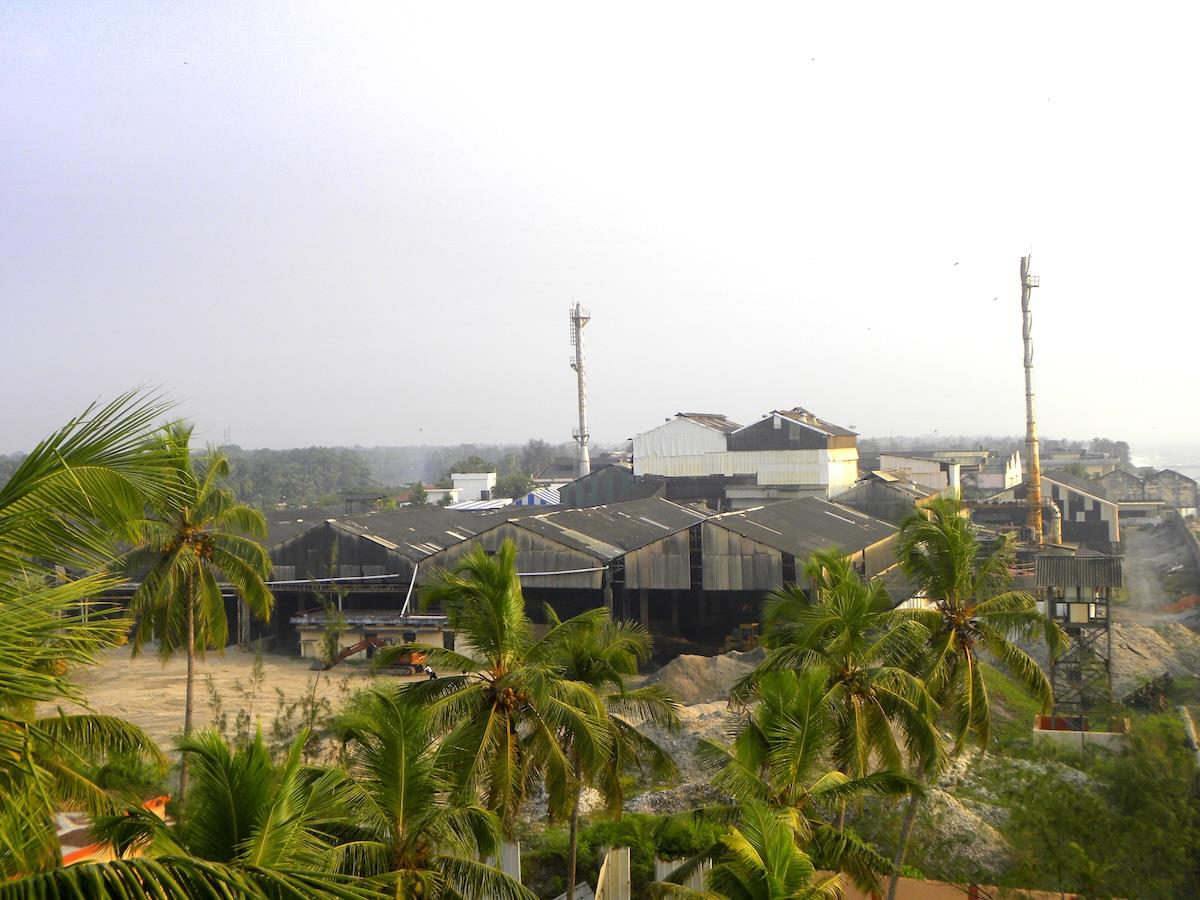
Trump administration should make 'Dig, baby, dig' its new motto
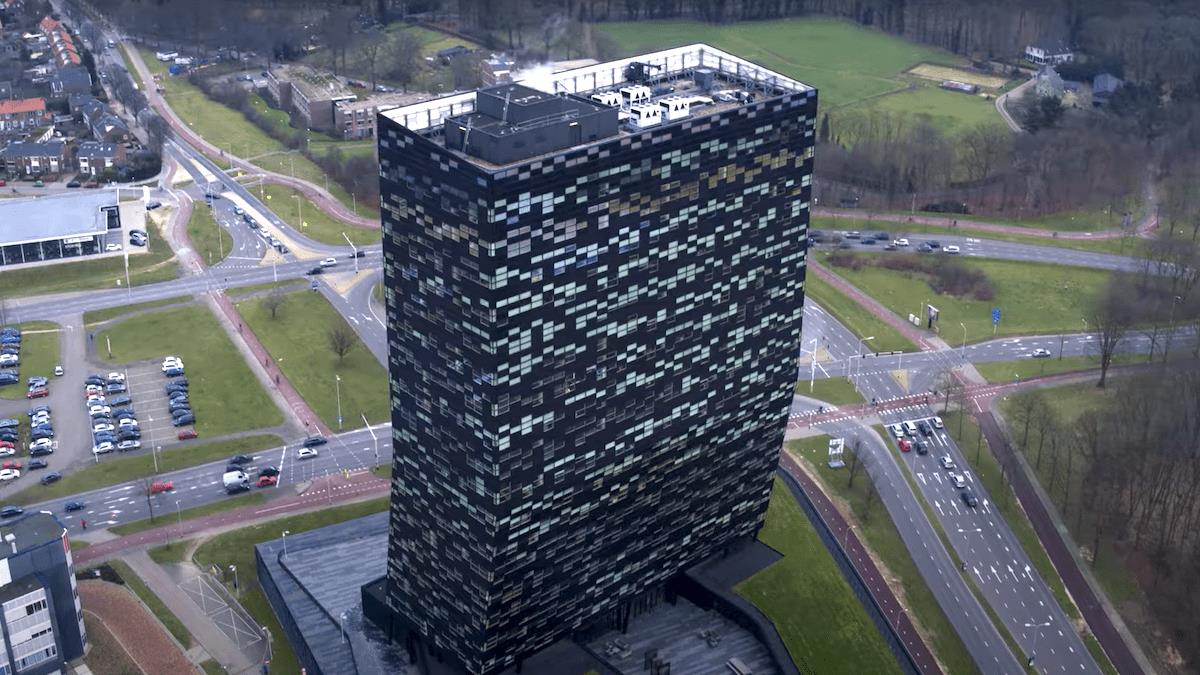
Netherlands mocked as 'pirate' after taking over China's Nexperia
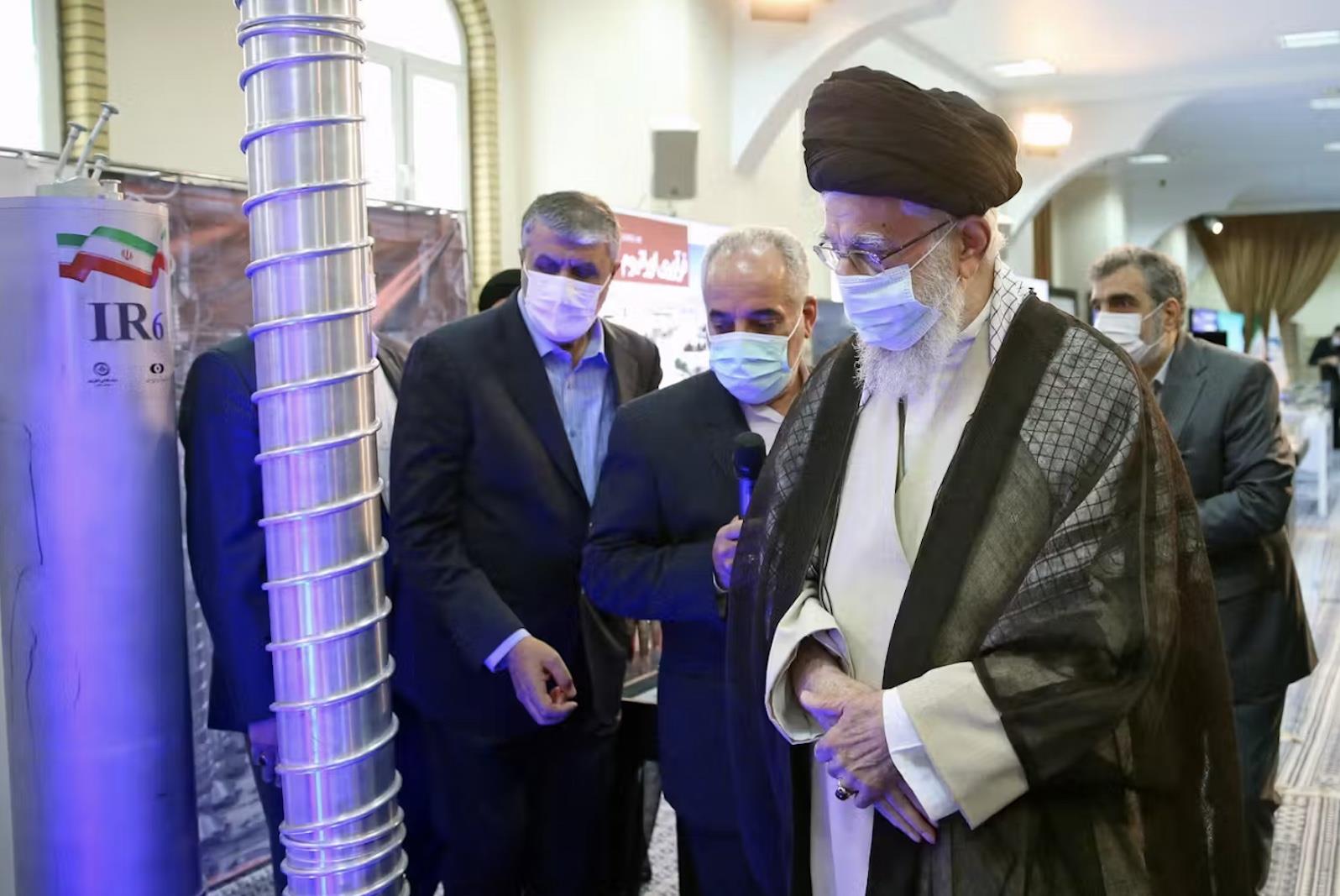
Iran snapback row exposes cracks in shifting global order
Much as it did during the battle of Avdiivka, when US aid temporarily halted, Ukraine leaned on its own ingenuity to counter Russian forces. Today it is producing millions of drones.“Ukraine is the origin of much of the technology the Soviets developed,” said Heiner Philipp, an engineer with Technology United for Ukraine.“Most Russian helicopters fly with Ukrainian turbines to this day.”
When Russia began unleashing mass drone strikes, Ukrainian companies and volunteers mobilized rapidly, developing a wide range of counter-drone solutions. But as the scale of attacks grows, those systems must increasingly rely on autonomy.“Interceptors are more effective when they're autonomous,” said Lyuba Shipovich, CEO of Dignitas Ukraine, which helps train Ukrainian soldiers on drone defense.“You can't expect to have 700 operators for 700 drones during a mass strike. AI allows us to launch swarms of interceptor drones without that limitation.”
The growing urgency of drone defense and evolving the“drone wall” is no longer confined to Ukraine. After Russian kamikaze drones violated Polish airspace on September 10, European governments began scrambling for Ukrainian-made interceptor systems.
“We need to be prepared for war, so it is high time to be learning from Ukraine,” a European military diplomat told the Kyiv Independent. Within hours of the attack, Ukrainian defense firms reported a surge in requests from European countries for drone interceptors and electronic warfare systems.
Ukraine's top general Oleksandr Syrskyi said that drone interceptors have achieved over a 70% success rate in downing Russian Shahed attack drones. For Taiwan, the stakes are even higher since it would face a flurry of drone attacks from the opening hours of any Chinese invasion.
Indeed, Russian drones are already adapting with countermeasures. Some now fly unpredictable routes or use rear-facing cameras to evade interceptors.“Once the Russians realized we were using interceptor drones, they began installing sensors on their drones to detect approaching aerial objects,” said Mykola Melnyk, a former Ukrainian officer from the 47th Mechanized Brigade.
That makes autonomy not just preferable but essential, as AI-enabled interceptors can adjust in real time to swerving, weaving targets. Ukraine reportedly has already been using AI interceptors.“The winner is who can update their technology the fastest,” said Ukrainian Deputy Prime Minister Mykhailo Fedorov.
Roy Gardiner, an open-source weapons researcher, added:“Another system Russia has used is an EW platform that detects the video signal of an interceptor FPV and automatically initiates a stronger jamming signal on that frequency.” But innovation on the battlefield must be matched by innovation in procurement. Ukraine's success lies in speed and iteration, while Western defense systems often falter under outdated frameworks.
Deborah Fairlamb, a founding partner at Green Flag Ventures, a US fund investing in Ukrainian-founded companies, said that the West should be learning from Ukraine's experience not just at the product level, but across the entire chain of procurement, deployment, and adaptation. Fast, iterative drone warfare demands speed, resilience, and a tech ecosystem capable of supporting defense innovation.
“Western defense tech faces its own problems,” said Fairlamb. According to her, many systems arriving in Ukraine are not prepared for the realities of electronic warfare and GPS denial. Too often, technologies are designed for permissive environments and simply do not work on the battlefield. Even when countermeasures work, they are quickly neutralized.
“Western procurement cycles and frameworks are outdated,” she added. What matters is how fast the adaptation cycle is, redeploying technology on the battlefield-cycle many Western companies have struggled with on the front in Ukraine.
A recent report from the Center for a New American Security echoed this warning, arguing that US forces remain unprepared for mass drone attacks. American troops have already been forced to fire missiles worth millions of dollars to down drones costing only tens of thousands, a cost imbalance that CNAS warned is unsustainable.
The report concluded that without“deep magazines of substantially enhanced counter-drone capabilities,” US distributed warfighting strategies could be overwhelmed by Chinese drone swarms in a Taiwan scenario.
Another challenge for Taiwan is that China and North Korea are also learning modern warfare alongside Russia.“Russia has access to components and technologies from China to build tactical drones, while China is learning how Russia is using its drone technology at the front,” said Samuel Bendett, an adjunct senior fellow at the Center for a New American Security.
The contest is no longer just between Ukraine and Russia. A wider learning network is emerging, with Russia sharing battlefield experience with its allies, strengthening what detractors term the modern Axis of Evil.
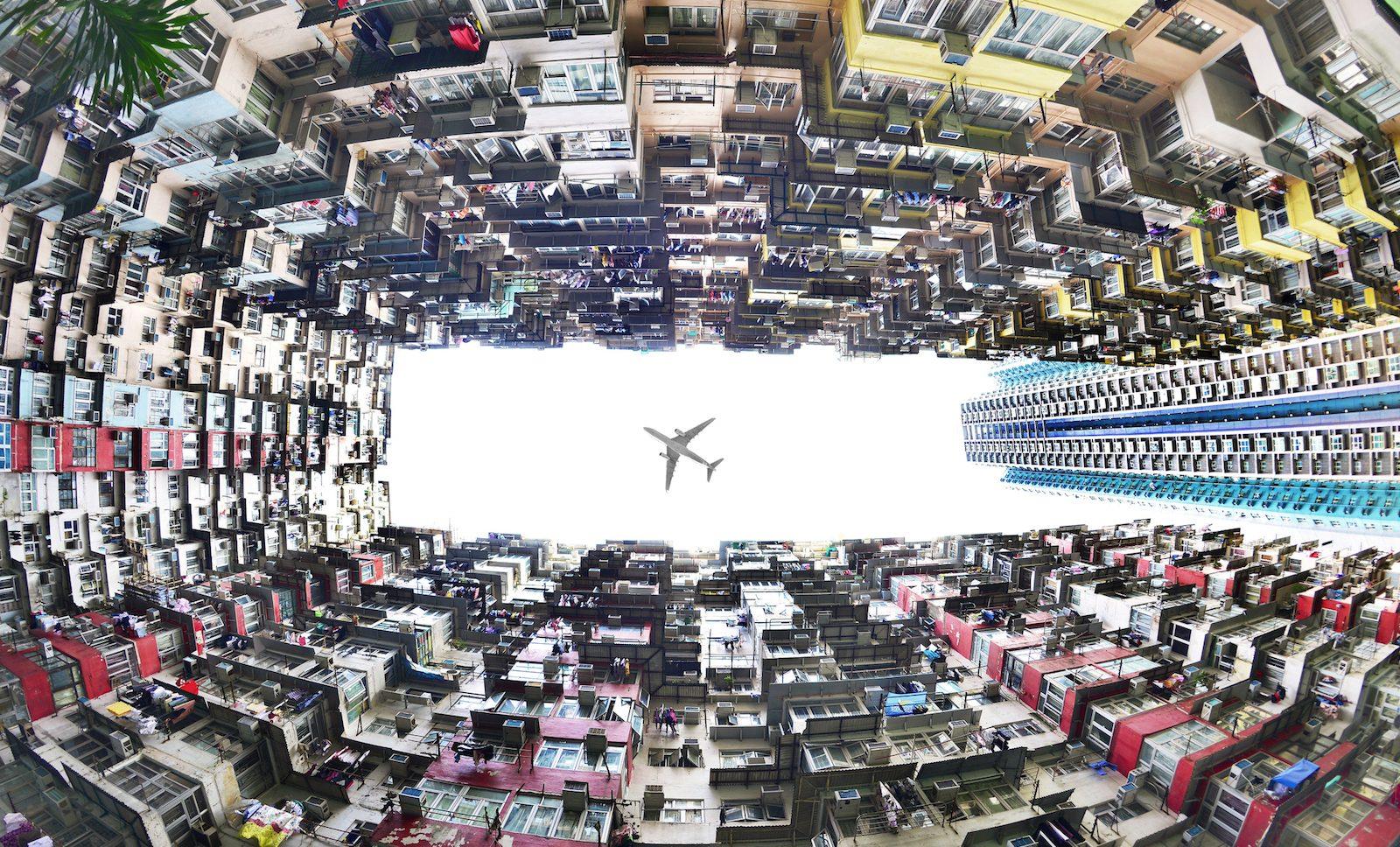
Sign up for one of our free newsletters
-
The Daily Report
Start your day right with Asia Times' top stories
AT Weekly Report
A weekly roundup of Asia Times' most-read stories
Mick Ryan, a retired Australian major general, said,“Russia has formed a learning community with China, Iran and North Korea, sharing battlefield lessons, collaborating on technology development, and evading sanctions.” Ukraine's own experience as a drone superpower offers the clearest guidance for Taiwan and the West.
As Serhii Kuzan, head of the Ukrainian Security and Cooperation Center, told me:“Ukraine has shown that layered, decentralized air defense – combining air defense systems, electronic warfare, cheap interceptors, and mobile teams – is effective.”
For Taiwan, that means moving beyond isolated systems and into scale.“Taiwan should emphasize mass production, resilience and infrastructure protection,” Kuzan said.
Taipei is already forming its first dedicated drone units in 2025 while collaborating internationally, but the challenge will be building the industrial depth to sustain defense against mass saturation.“Each war evolves,” said Oleksandra Ustinova, a Ukrainian lawmaker from the Holos party.“Ukraine in 2022 was different from 2023, and today is different again. While Taiwan can learn from us, they must remember that it's always a technological war, and no single system is enough.”
While not all lessons from the battlefield in Ukraine translate directly to Taiwan, low-cost technologies are proliferating worldwide and are increasingly paired with conventional capabilities. Cheap decoys can overwhelm an opponent's air defenses, wearing them down until expensive interceptors are depleted, after which high-cost missiles can slip through and inflict heavy damage. This cheap-for-expensive dynamic creates a costly asymmetry that Taiwanese defenders must plan for.
David Kirichenko (... ) is an associate research fellow at the Henry Jackson Society. He can be found on X/Twitter @DVKirichenko.
Sign up here to comment on Asia Times stories Or Sign in to an existing accounThank you for registering!
An account was already registered with this email. Please check your inbox for an authentication link.
-
Click to share on X (Opens in new window)
Click to share on LinkedIn (Opens in new window)
LinkedI
Click to share on Facebook (Opens in new window)
Faceboo
Click to share on WhatsApp (Opens in new window)
WhatsAp
Click to share on Reddit (Opens in new window)
Reddi
Click to email a link to a friend (Opens in new window)
Emai
Click to print (Opens in new window)
Prin

Legal Disclaimer:
MENAFN provides the
information “as is” without warranty of any kind. We do not accept
any responsibility or liability for the accuracy, content, images,
videos, licenses, completeness, legality, or reliability of the information
contained in this article. If you have any complaints or copyright
issues related to this article, kindly contact the provider above.
Most popular stories
Market Research

- Solo Leveling Levels Up: Korean Billion-Dollar Megafranchise Goes Onchain With Story
- Freedom Holding Corp. (FRHC) Shares Included In The Motley Fool's TMF Moneyball Portfolio
- From Tracking To Thinking: Edgen's“Smart Portfolio” Brings Portfolio-Native Multi-Agent Reasoning To Asset Portfolios
- Cregis At FOREX Expo 2025: Connecting Forex With Crypto Payment
- Currency Relaunches Under New Leadership, Highlights 2025 Achievements
- Cregis At TOKEN2049 Singapore 2025: Unlocking The Next Frontier Of Adoption

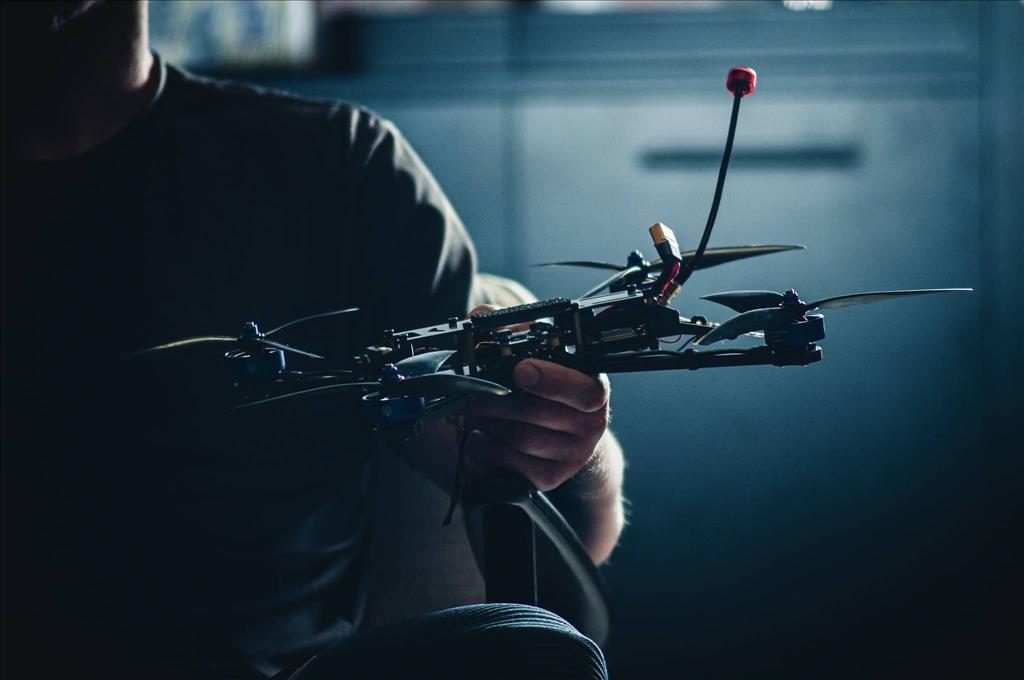

















Comments
No comment